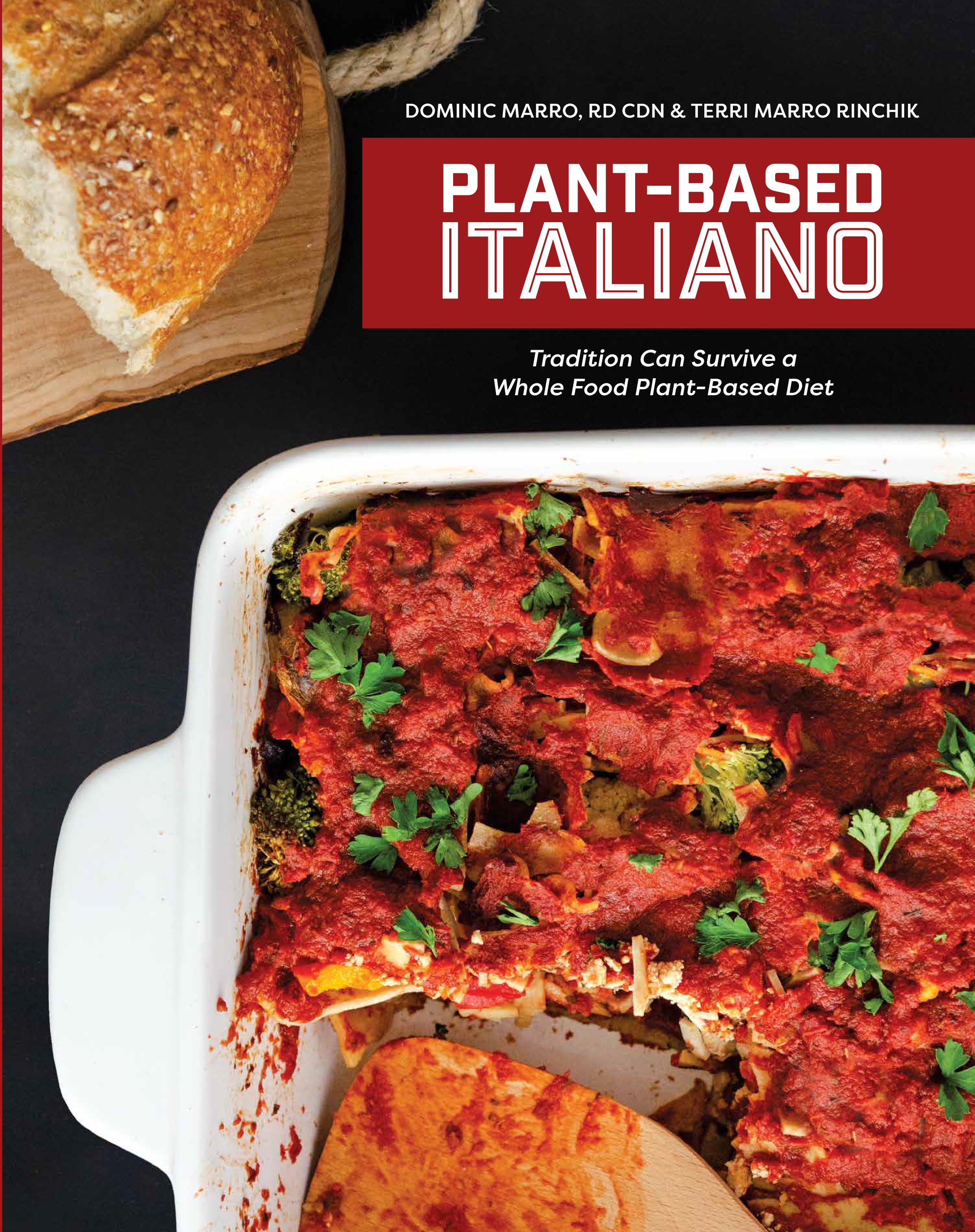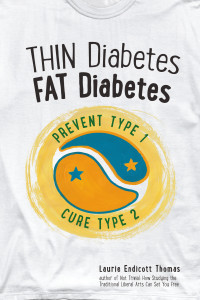In his book “Whole: Rethinking The Science of Nutrition”, T Colin Campbell discusses some great research conducted by his colleague Rui Hai Liu. Liu found that vitamin C from apples is only responsible for a small portion (0.4%) of the apple’s anti-oxidant activity. Instead almost all of this activity in apples is from phytonutrients (plant nutrients). His researchers found that eating 100 grams of fresh apple with skins provided a total anti-oxidant activity equal to 1,500 milligrams of vitamin C. Liu states: “Scientists are interested in isolating single compounds – such as vitamin C, vitamin E and beta carotene – to see if they exhibit anti-oxidant or anti-cancer benefits. It turns out that none of those works alone to reduce cancer. It’s the combination of flavenoids and polyphenols doing the work”.
As exciting as this study is, Liu believes that his lab has made an even greater contribution with its research on the anti-oxidant activity of whole grains. He is not alone with this belief as he has been recognized by the American Society of Nutrition (ASN) for his work with whole grains.
Whole Grains and Fiber
Epidemiological studies have shown that regular consumption of whole grains and whole grain products is associated with reduced risks of various types of chronic diseases such as cardiovascular disease, type 2 diabetes, some cancers and all-cause mortality. It was believed that the primary component responsible for the health promoting properties of whole grains was dietary fiber. One of the reasons for this hypothesis was that whole grains did not appear to contain the abundance of health-promoting phytonutrients found in fruits and vegetables.
However, short-term clinical trials that have focused on fiber alone in lowering colon cancer risk, often to the point of giving subjects isolated fiber supplements, yield inconsistent results.
Professor Liu’s research has uncovered a compelling explanation for why isolated fiber supplements do not consistently show the benefit of regular whole grain consumption. It turns out that the phytonutrient content of various whole grains has been greatly underestimated.
How did researchers miss the phytonutrient content of whole grains?
Researchers have been measuring the antioxidant power of a wide array of phytonutrients for years. They have typically measured only the “free” forms of these substances, which dissolve quickly and are immediately absorbed into the bloodstream. They have not looked at the “bound” forms, which are attached to the walls of plant cells and must be released by intestinal bacteria during digestion before they can be absorbed.
Phenolics represent a major class of phytonutrients that have been widely studied for their health promoting properties.
When Dr. Liu and his colleagues measured the relative amounts of phenolics, and whether they were present in bound or free form, in common fruits and vegetables like apples, red grapes, broccoli and spinach; they found that phenolics in the “free” form averaged 76% of the total number of phenolics in these foods. In whole grains, however, “free” phenolics accounted for less than 1% of the total, while the remaining 99% were in “bound” form
The Antioxidant Activity of Whole Grains
Dr. Liu’s research team measured the antioxidant activity of various foods, assigning each a rating based on a formula (micromoles of vitamin C equivalent per gram). Broccoli and spinach measured 80 and 81, respectively; apple and banana measured 98 and 65; and of the whole grains tested, corn measured 181, whole wheat 77, oats 75, and brown rice 56.
The Power of Wholeness
Dr. Liu believes that the key to the powerful cancer-fighting potential of whole grains is precisely their wholeness. A grain of whole wheat consists of three parts—its endosperm (starch), bran and germ. When wheat—or any whole grain—is refined, its bran and germ are removed. Although these two parts make up only 15-17% of the grain’s weight, they contain 83% of its phenolics. Dr. Liu says his recent findings on the antioxidant content of whole grains reinforce the message that a variety of foods should be eaten for good health. He states:
“Different plant foods have different phytochemicals. These substances go to different organs, tissues and cells, where they perform different functions. What your body needs to ward off disease is this synergistic effect—this teamwork—that is produced by eating a wide variety of plant foods, including whole grains.”
This supports T Colin Campbell’s conviction that Nutrition is a “Wholistic” phenomenon that involves the synergistic interaction of countless nutrients and their effect on human health. You don’t need to determine the amount of each phenolic compound you need to consume. Eat a diet dominated by fruits, veggies, whole grains and legumes and your body will do the math for you.
Stay Healthy and Strong






 E Excerpt from Laurie Endicott Thomas’s amazing book Thin Diabetes – Fat Diabetes by clicking here!
E Excerpt from Laurie Endicott Thomas’s amazing book Thin Diabetes – Fat Diabetes by clicking here!
Very interesting and informative article! Thanks, for sharing, Dom.
Dr. Lui is a functional foods rockstar!